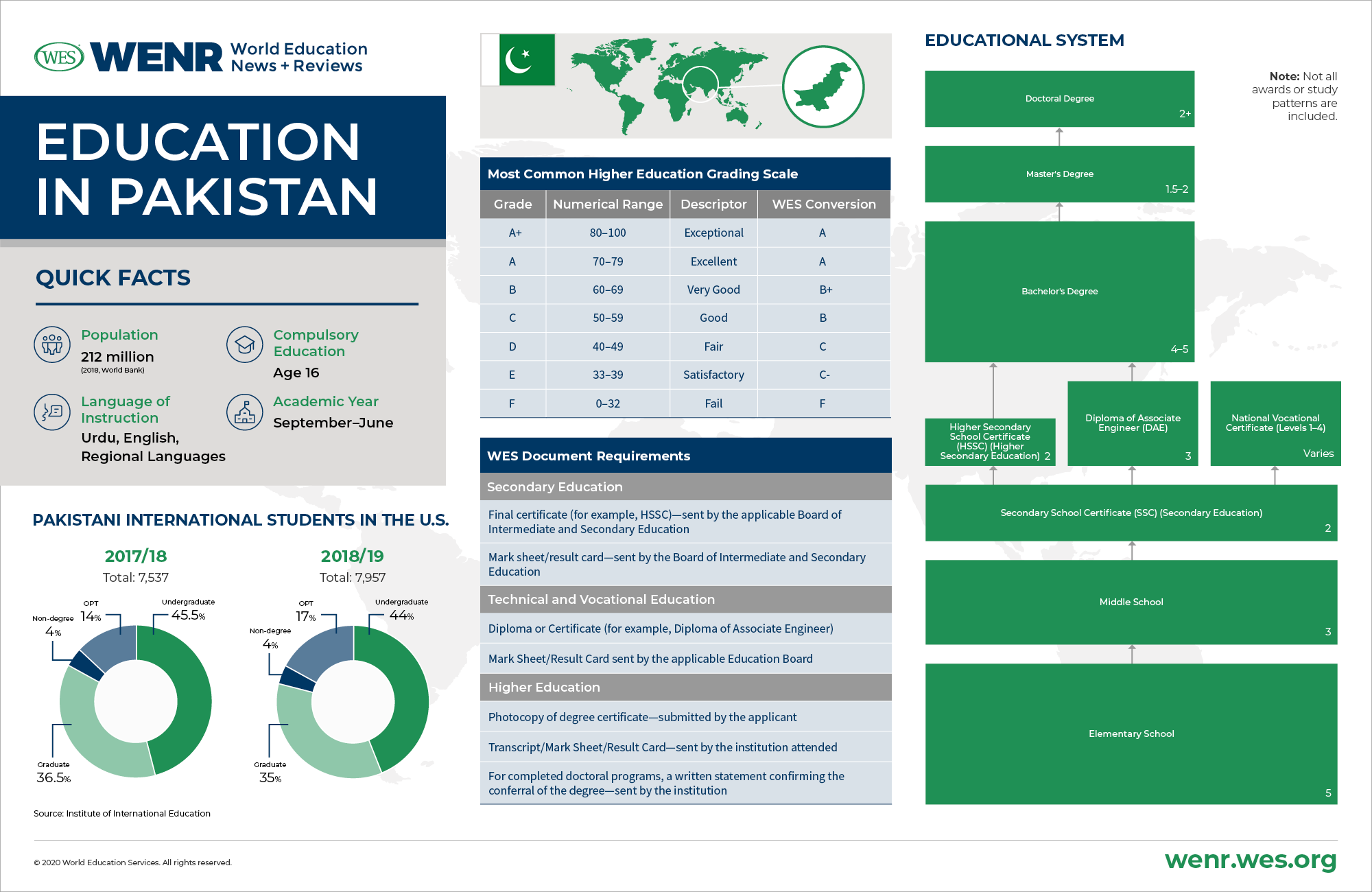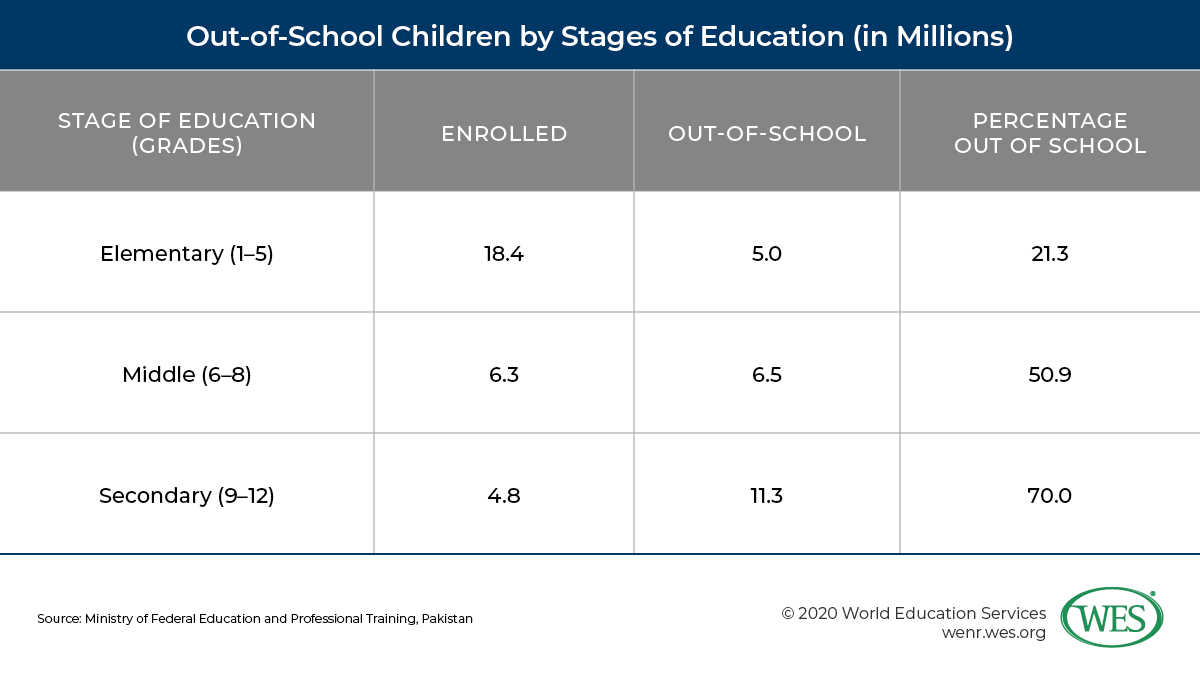INTRODUCTION👳👳
The Islamic Republic of Pakistan is a culturally and linguistically diverse large South Asian country bordered by Afghanistan and Iran to the north and west, China to the northeast, India to the east and the Arabian Sea to the south. The Muslim-majority country was established in its current form after the partition of former British India into India and Pakistan in 1947, and the subsequent secession of Bangladesh, formerly known as East Pakistan, in 1971.
Currently the sixth most populous country in the world with 212 million people, Pakistan is characterized by one of the highest population growth rates worldwide outside of Africa. Even though the roughly 2 percent rate is now slowing, the country’s population is estimated to reach 403 million by 2050 (UN median range projection). There are more young people in Pakistan today than at any point in its history, and it has one of the world’s largest youth populations with 64 percent of Pakistanis now under the age of 30. Consider that Karachi is projected to become the third-largest city in the world with close to 32 million people by the middle of the century.
If Pakistan manages to educate and skill this surging youth population, it could harness a tremendous youth dividend that could help to fuel the country’s economic growth and modernization. Failure to integrate the country’s legions of youngsters into the education system and the labor market, on the other hand, could turn population growth into what the Washington Post called a “disaster in the making”: “Putting catastrophic pressures on water and sanitation systems, swamping health and education services, and leaving tens of millions of people jobless”—trends that would almost inevitably lead to the further destabilization of Pakistan’s already fragile political system.
Given the poor state of Pakistan’s education system and its already rising youth unemployment rate, such fears are anything but unfounded. According to the Global Youth Development Index published by the Commonwealth, a measure which uses the domains of civic participation, education, employment and opportunity, health and well-being, and political participation to gauge the progress of young people, Pakistan ranked only 154th of 183 countries, trailing sub-Saharan African nations like Sierra Leone or Ethiopia.
Perhaps most strikingly, Pakistan has the highest number of out-of-school children worldwide after Nigeria: Approximately 22.7 million Pakistani children age five to 16—44 percent of this age group—did not participate in education in 2017. As shown in the table below, attrition rates increase substantially as children progress up the educational ladder.
This situation is exacerbated by striking inequalities based on sex and socioeconomic status. Gender disparities are rampant with boys outnumbering girls at every stage of education. According to Human Rights Watch, 32 percent of girls of elementary school age are out of school, compared with 21 percent of boys. By grade six, only 41 percent of girls participate in education, compared with 51 percent of boys. And by grade nine, merely 13 percent of young women are still enrolled in school.
The causes of these gender disparities are numerous. They include safety concerns, particularly in rural areas where students have to walk to school and rape of young girls is sadly not uncommon, as well as child marriage and a culture that has historically undervalued the education of young women. Poverty also plays a major role. Families, particularly those in rural areas, often cannot afford the costs related to education. Here again the results are devastating, particularly for girls, who are frequently kept at home to cook and do housework so that both parents can work to keep the family afloat.
It’s crucial to understand that huge socioeconomic disparities exist in Pakistan not only between rural and urban regions, but also between the country’s diverse provinces. These disparities have a big impact on educational outcomes, including vast gaps in access to education and overall educational attainment. While literacy rates in cities like Lahore, Islamabad, and Karachi are close to 75 percent, for instance, these rates can be as low as 9 percent in the “tribal regions” of Baluchistan, Pakistan’s largest and poorest province. Whereas 65 percent of fifth graders in Punjab province were able to read English sentences in 2018, only 34 percent of fifth graders in Baluchistan were able to do the same. The percentage of out-of-school children in the vast province with a small population spread over a large area—a fact that means that there isn’t a school within walking distance for many students—stands at an alarming 70 percent. Conversely, in the urban and more affluent Islamabad Capital Territory, merely 12 percent of children are not in school.





No comments:
Post a Comment